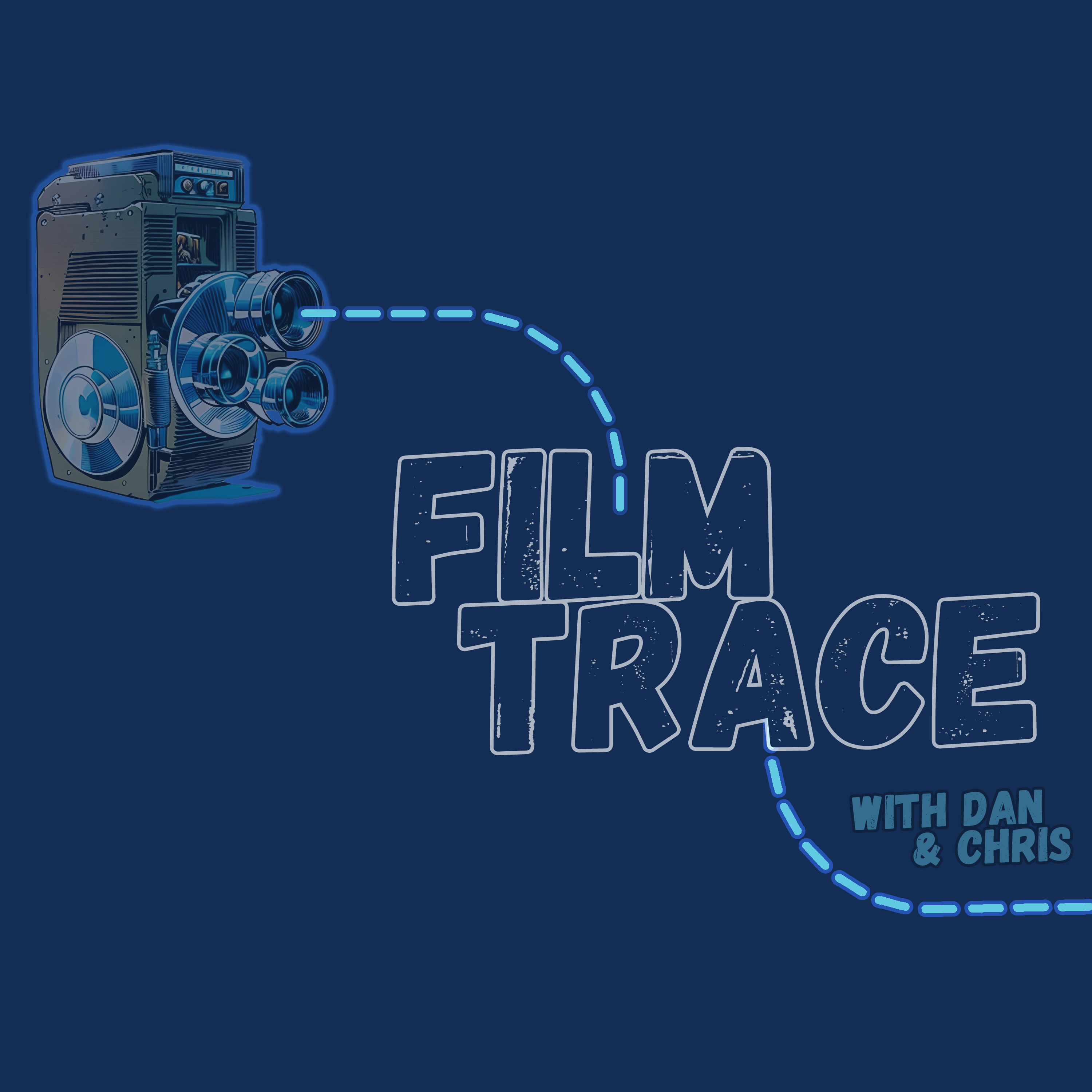Episode 2
True Grit (2010\1969)
In episode two of our Visionary Remakes season, we survey the recent Coen brothers remake of True Grit (2010) and compare it to the original film, a John Wayne vehicle from 1969.
Special Guest: Brian Eggert is the owner and film critic of Deep Focus Review, where he has written movie reviews, in-depth essays, and critical analyses since 2007. Brian also regularly appears on KARE 11, the NBC affiliate for the Twin Cities, to review and discuss movies. He belongs to the Society For Cinema and Media Studies, Minnesota Film Critics Alliance, Online Film & Television Association, International Film Society Critics, Independent Film Critics of America, The Critics Circle, and National Coalition of Independent Scholars.
Westerns have gone through many cycles since the beginning of filmmaking. Right now, we are seeing an uptick in interest as the tv show Yellowstone dominates the traditional tv market. But back in 2010, Westerns were definitely far off in the background as comic book movies had begun to take over the box office. In 2010, the Coen brothers were coming off a very successful adaption of No Country for Old Men (2007) as well as two more left of center films, the sprightly spy romp Burn After Reading from 2008 and the niche existentialist A Serious Man from 2009. It is unclear why they decided to remake True Grit and focus on the novel from 1968 instead of the John Wayne movie which came a year later in 1969, but the choice was very successful. True Grit (2010) became the 2nd biggest Western in the modern box office.
The 2010 True Grit showcases the refined talents of the Coens alongside the gorgeous cinematography of Roger Deakins, the layered and rich music from Carter Burwell, and a smashing breakout debut performance from Hailee Steinfeld as the lead Mattie Ross. The 1969 version of True Grit offers so much less. Despite John Wayne winning an Oscar for his portrayal of Rooster Cogburn, the original film seems totally out of step and out of time. In hindsight, it was an end-of-the-line production for the core creatives involved. The director, writer, and star actor were all at the end of their careers. Indeed this very type of Western was on its last leg as evidenced by the giant leap the genre made at the same time this film was being produced and released. Watch any of the bigger westerns from the late 1960s and then try to sit through True Grit (1969). The dislocation and disorientation is severe. The original True Grit was a swan song that came about a decade too late.
